Coyotes or polleros. This is how the go-betweens who facilitate the crossing are known, and they offer routes and services to reach the United States territory from different points on the American continent. However, for some years now it has been known that the business of illicit human trafficking has been taken over by drug cartels and other transnational criminal organizations, who take advantage of the desperation of those who are willing to do anything to reach the other side of the border.
“Sometimes it is more profitable to transport people to the United States than drugs,” says a spokesman for the Border Patrol, emphasizing how human trafficking provides high profits for organized crime. While drug trafficking involves high costs in raw materials, transportation and bribes, migrants do not represent an initial investment and can also be exploited repeatedly during the journey.
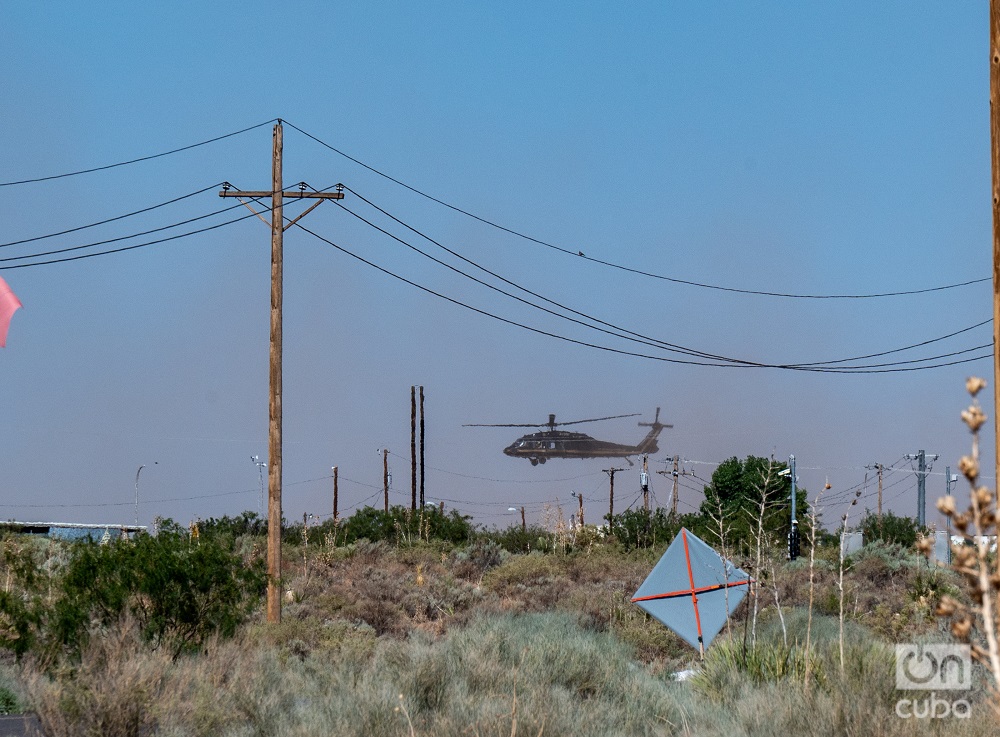
One of the reasons for the rise in this criminal activity is the growing number of migrants seeking to cross the border. Cartels control the border areas between Mexico and the United States, while coyotes organize the first part of the journey. Once in cartel-controlled territory, these go-betweens work for them or pay to be able to cross with the group of migrants.
The cost of these services varies between $5,000 and $15,000, depending on the distance and the route chosen. The “VIP” routes offer greater comfort and security, but the price can exceed $20,000, adding tolls and even ransoms.
Many migrants sell everything they have or go into debt to finance a journey that offers few or no guarantees; a journey that, even once completed, is not synonymous with remaining in the United States.
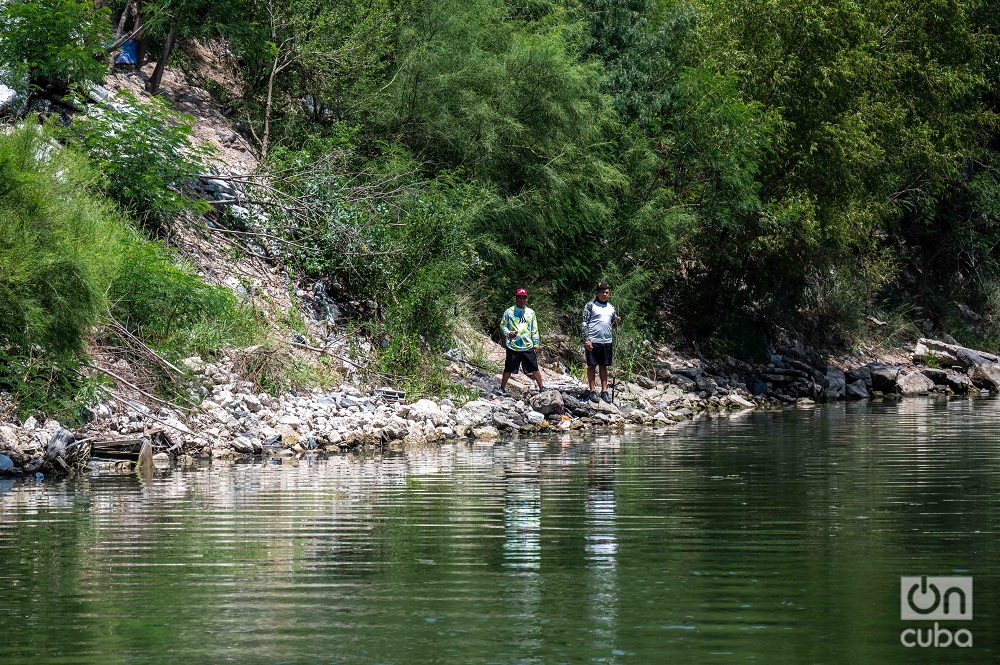
Those who fall into the human trafficking networks are usually locked up in “safe houses,” where overcrowding and lack of food are common. They are forced to contact relatives to ask for different amounts of money in exchange for their release — or their life. If they cannot raise it, the gangs extort them from a distance, whether they are in the country of origin or the destination, the United States. In some cases, women are raped as a form of payment.
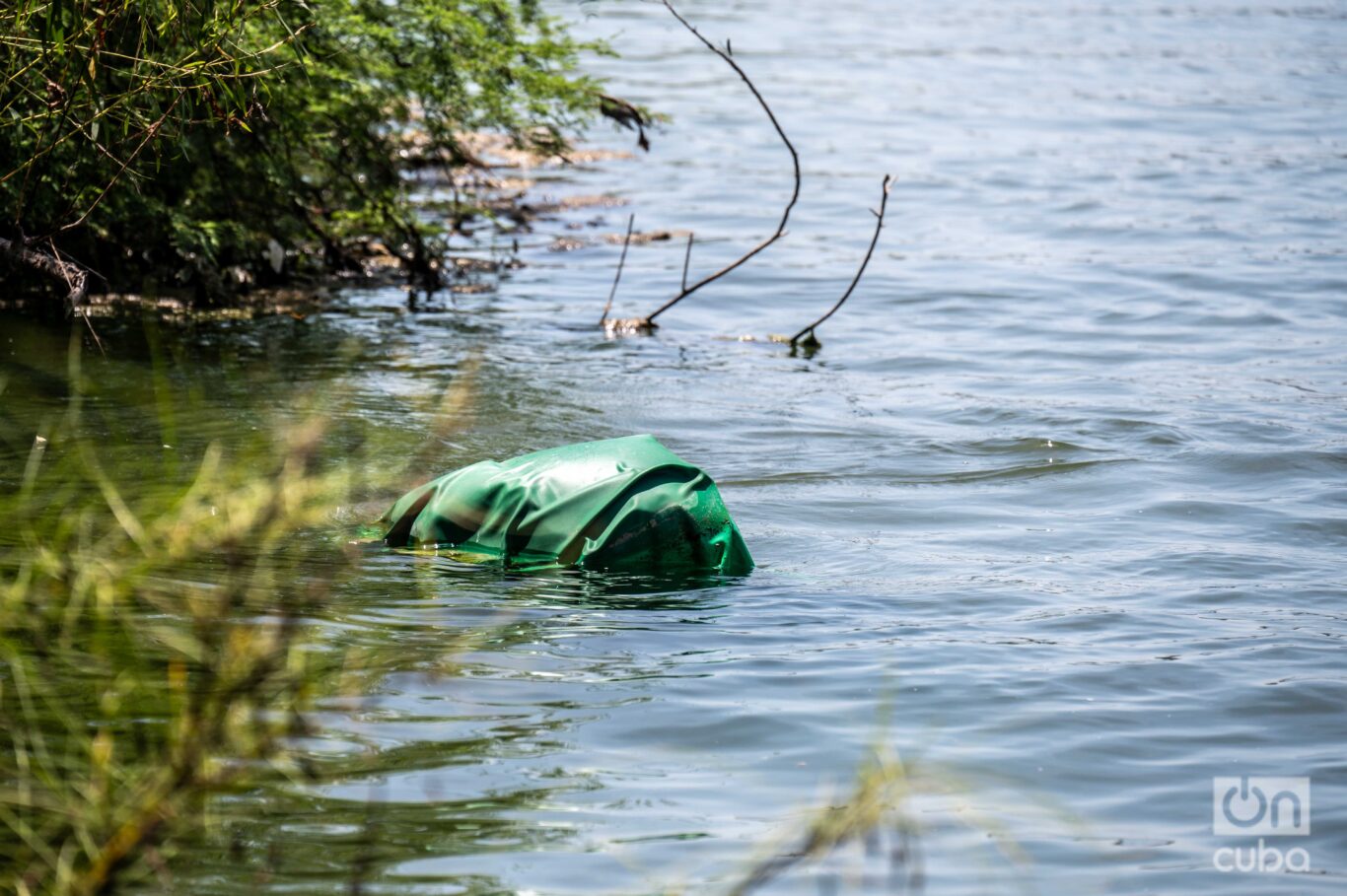
In the Rio Grande Valley, the Gulf Cartel has controlled organized crime for more than a century. According to Gloria Chavez, head of the Border Patrol in the region, these criminal groups regulate the movement of undocumented migrants and determine who crosses and when. They not only establish the routes: they also dictate the conditions of the crossing.
“Criminal organizations are well equipped technologically. They even use drones to monitor the movements of the Border Patrol,” said Chavez, the highest-ranking woman in the entity she represents.
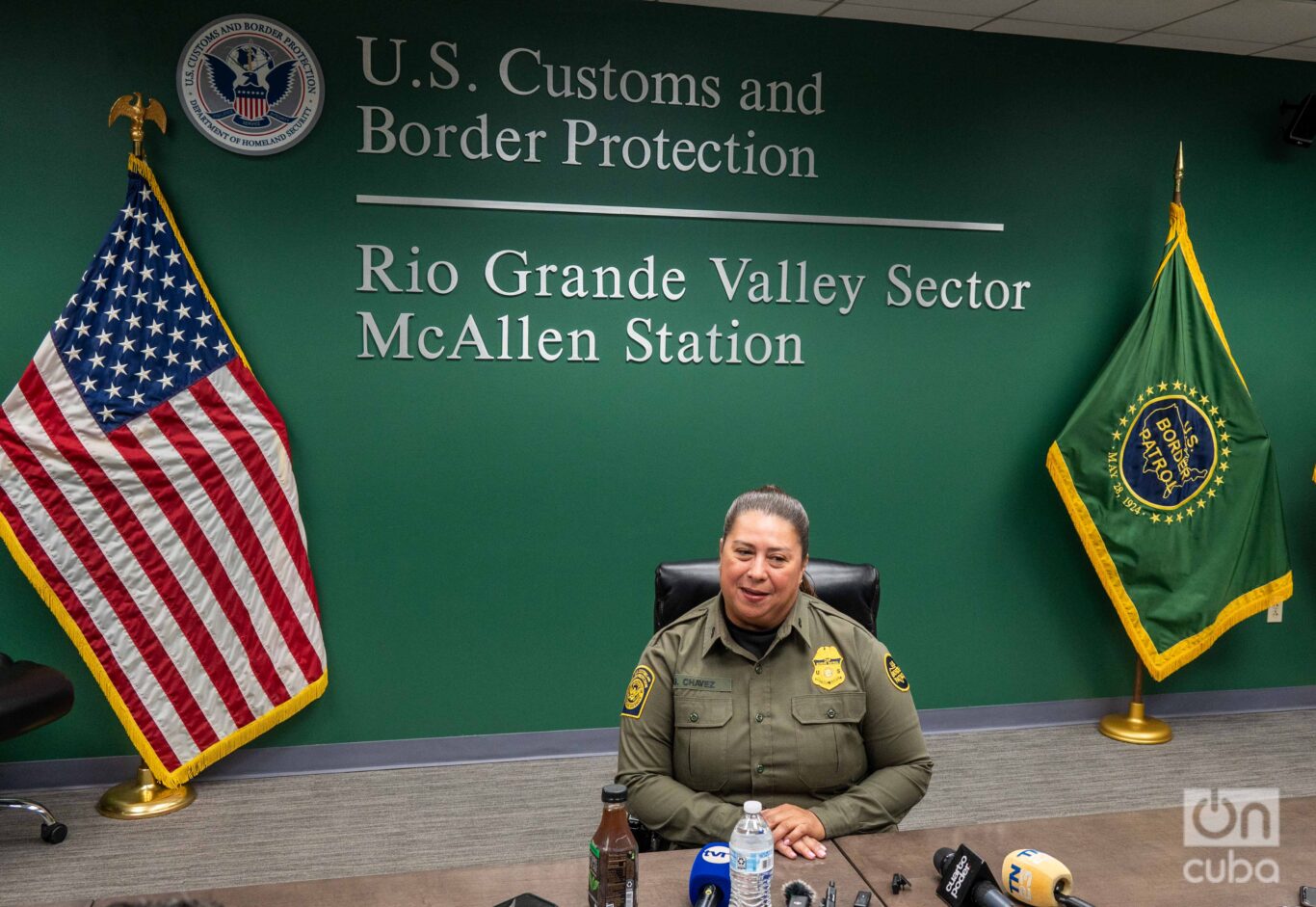
In the Rancho de Anapra settlement, Ciudad Juarez, coyotes are known as polleros. In this town, one of the poorest and with the highest crime rate in the country, the famous “wall” borders Sunland Park, in New Mexico, United States. The fence literally opens onto the backyard of many precarious houses.
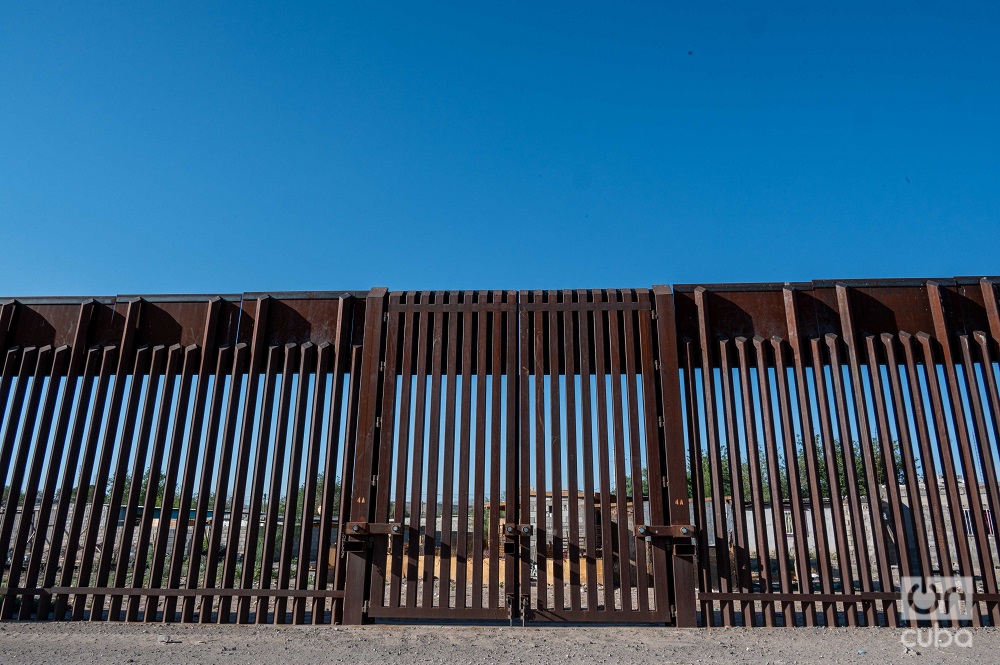
In Anapra, which means the National Association of Agricultural Producers, the immense fence of up to 9-meter-high metal frames is interrupted. A mountain range begins whose highest peak has a statue of Christ the King. From there you can see the lights of El Paso, in Texas, some settlements in New Mexico, and Ciudad Juárez, in Chihuahua, Mexico.
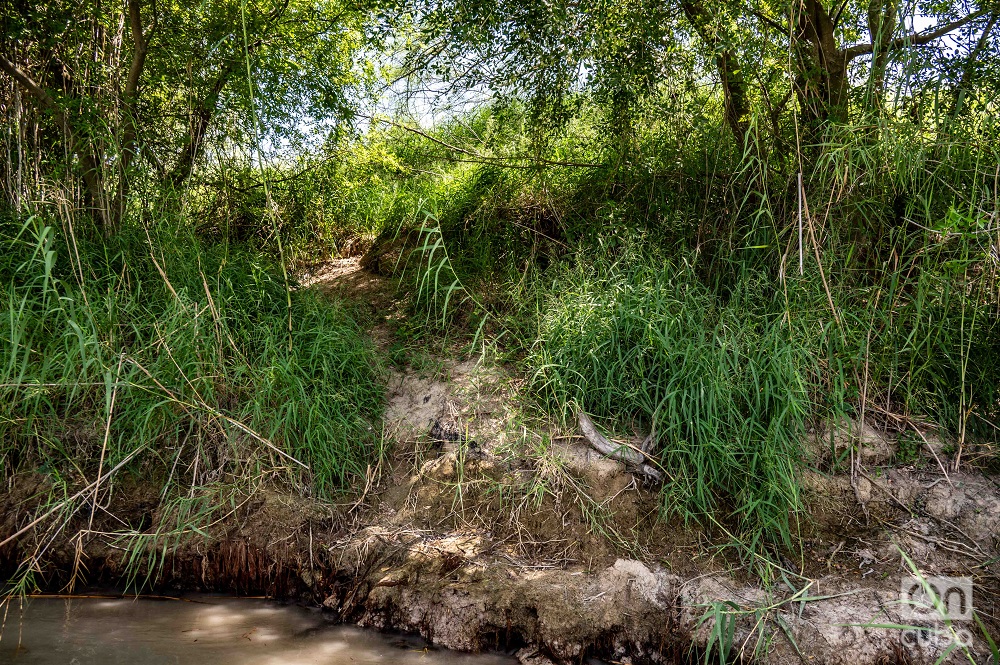
Because of its proximity to U.S. territory, Anapra, despite being in the middle of the desert and having poor infrastructure, is a strategic point for the movement of drugs and migrants. Press reports indicate that a criminal group known as La Empresa, an arm of the La Línea Cartel, operates in the area. They originally were engaged in hired assassins; now, they also do human trafficking.
Every so often, the town appears in the news for the dismantling of “safe houses” where criminal groups hold and extort migrants before crossing the border.
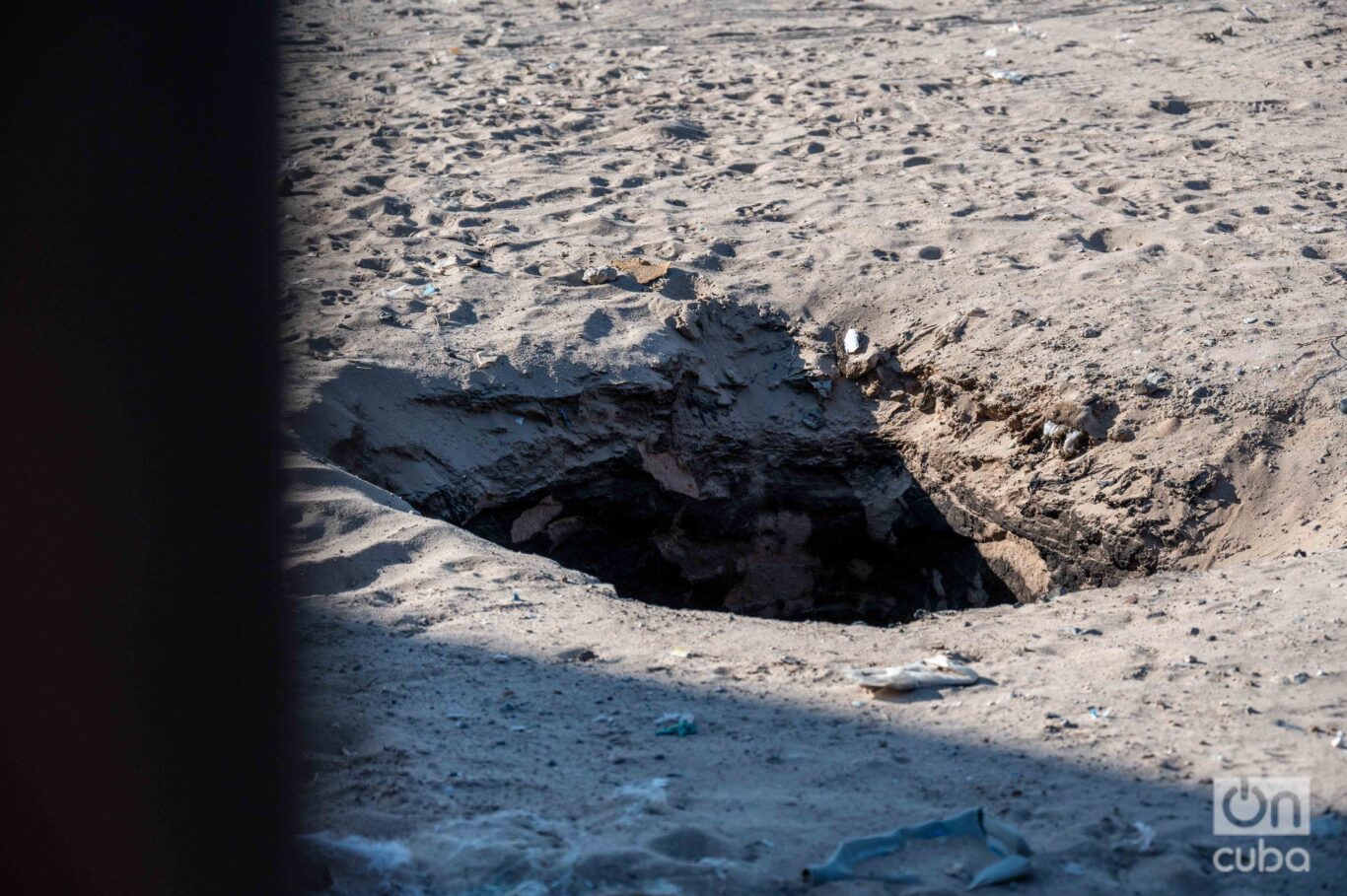
During a tour of the area, I was near the territorial limit with a group of colleagues. From the north side of the bars, you can see the extreme poverty of Anapra, on the south side.
On the ground where the fence is built, there are shreds of clothing, shoes, empty water bottles and other objects that migrants have left behind.
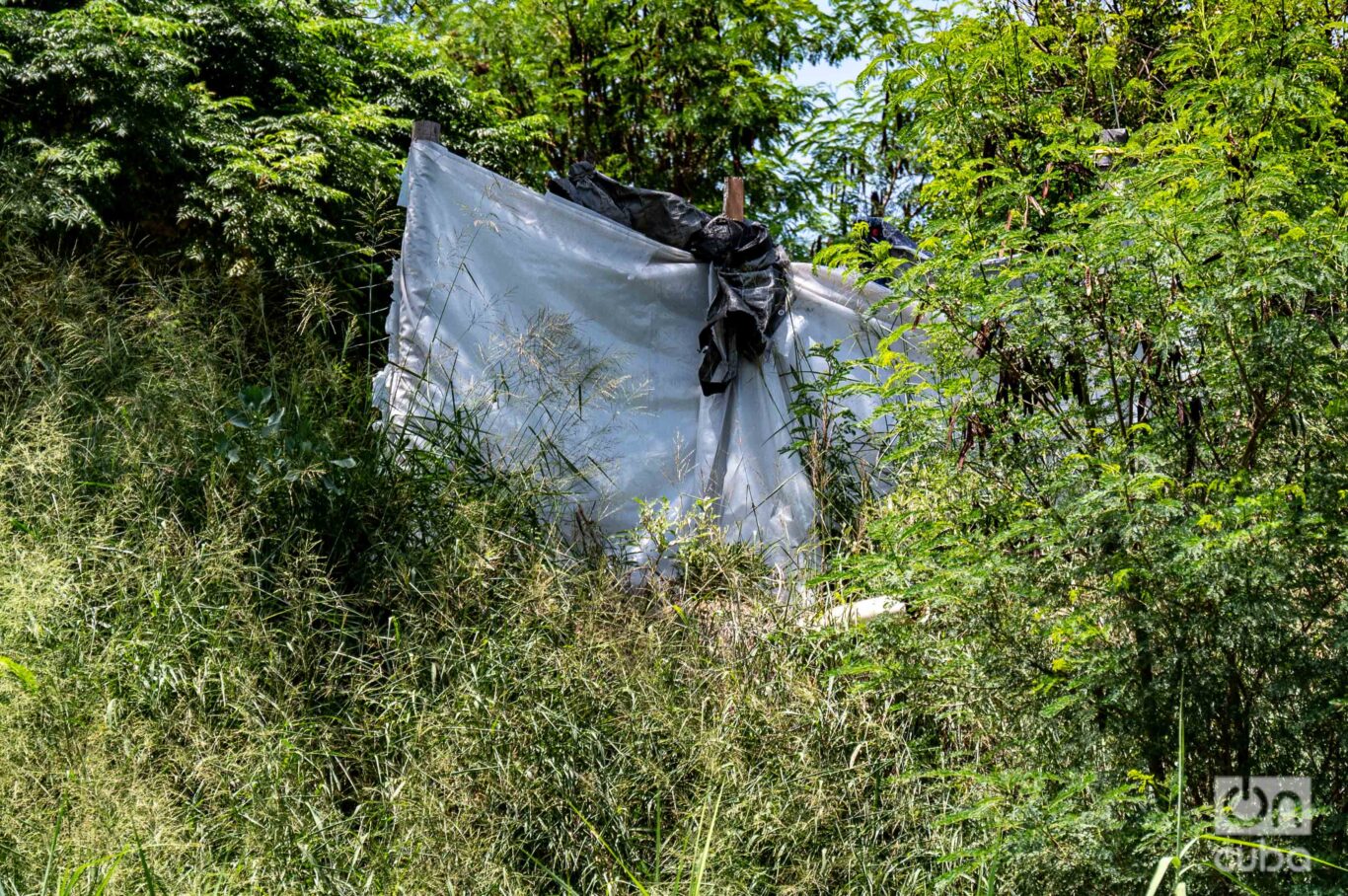
A child was hanging around near the dumpster. He stopped for a few minutes, watched our movements, and ran away. That little boy could very well have been watching us. Criminal gangs use minors as guides or lookouts to monitor the movements of the Border Patrol. These watchmen are called “hawks” in drug-criminal jargon.
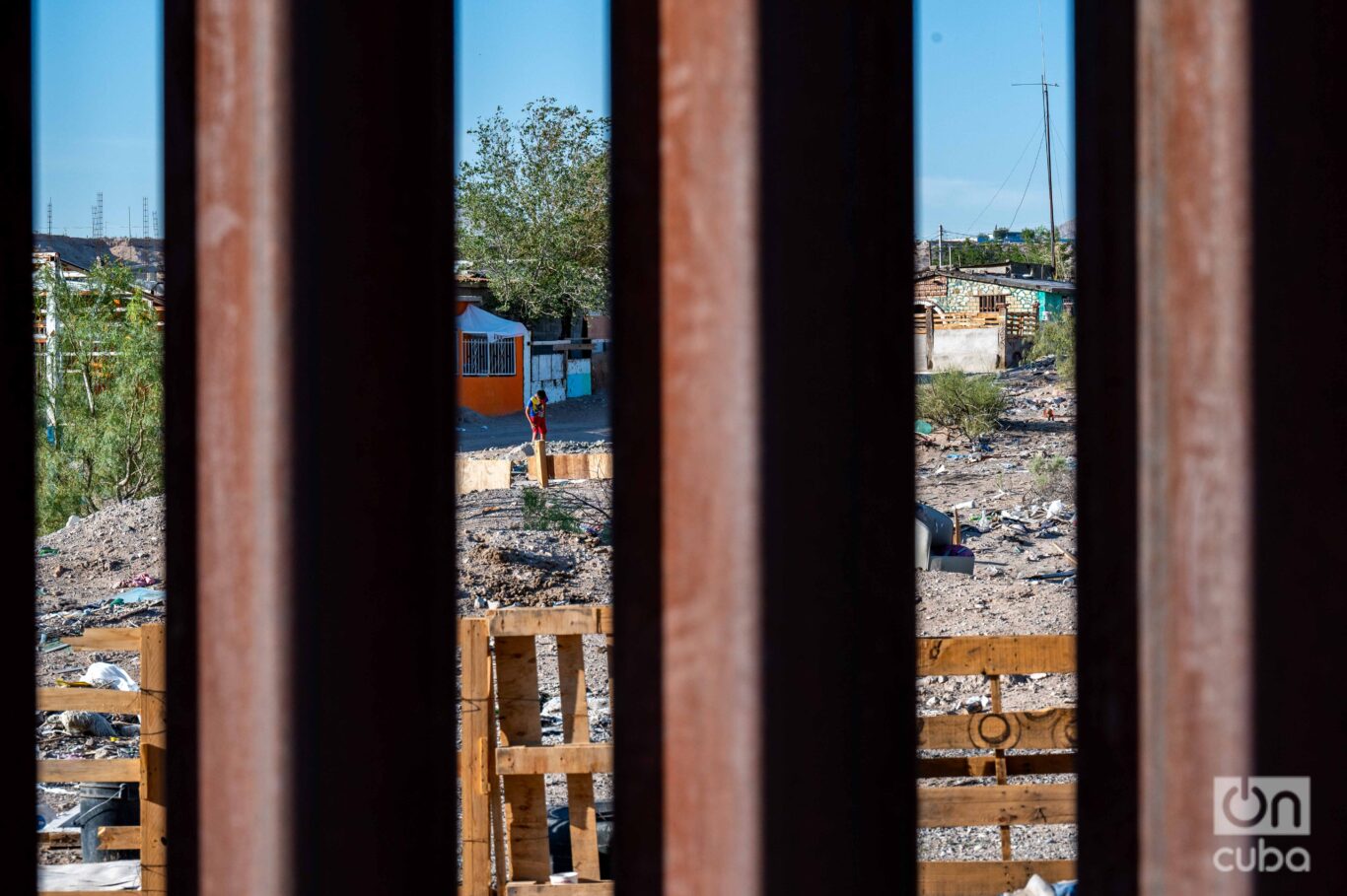
“On the outskirts of Ciudad Juárez, there are communities that suffer a lot of recruitment of young people. They are forced to cross drugs. There are entire towns totally controlled by organized crime and young people have no other option,” Dylan Corbett, director of the Hope Border Institute, later said.
Minutes later, a high-end pickup truck with tinted windows appeared on one of the dirt roads in Anapra near the border. It slowly drove around. A colleague who was born in the area and familiar with local codes and movements warned us that it was probably a trafficker’s vehicle.
“It’s very obvious. Anapra is one of the poorest places in Juarez. A truck with dark windows and driving around like that is suspicious,” she told us.

It is common to see groups of migrants circulating through the town. At night, they generally try to cross, using ladders and other rudimentary means.
However, on the morning of our tour, in a scorching heat of almost 40 degrees, two people, with agility, climbed the fence and came down from the Anapra side: they were going in the opposite direction than expected. They may have been coyotes or migrants who, upon noticing the presence of the Border Patrol, returned to Mexican territory to avoid being captured.
A colleague was operating a drone and managed to capture the sequence. In the video, you can see how, from the other side of the wall, the two people are assisted with a ladder and, once on the ground, they run off into the town.
Border Patrol agents call the cartels “transnational criminal organizations” because they operate in several countries and also have a presence within the United States.
The Tren de Aragua, one of the most powerful criminal organizations in Venezuela, has expanded its influence across the continent. The group operates from Chile to Mexico and in several states in the United States, engaging in theft, kidnapping, drug trafficking, human trafficking and any trafficking.
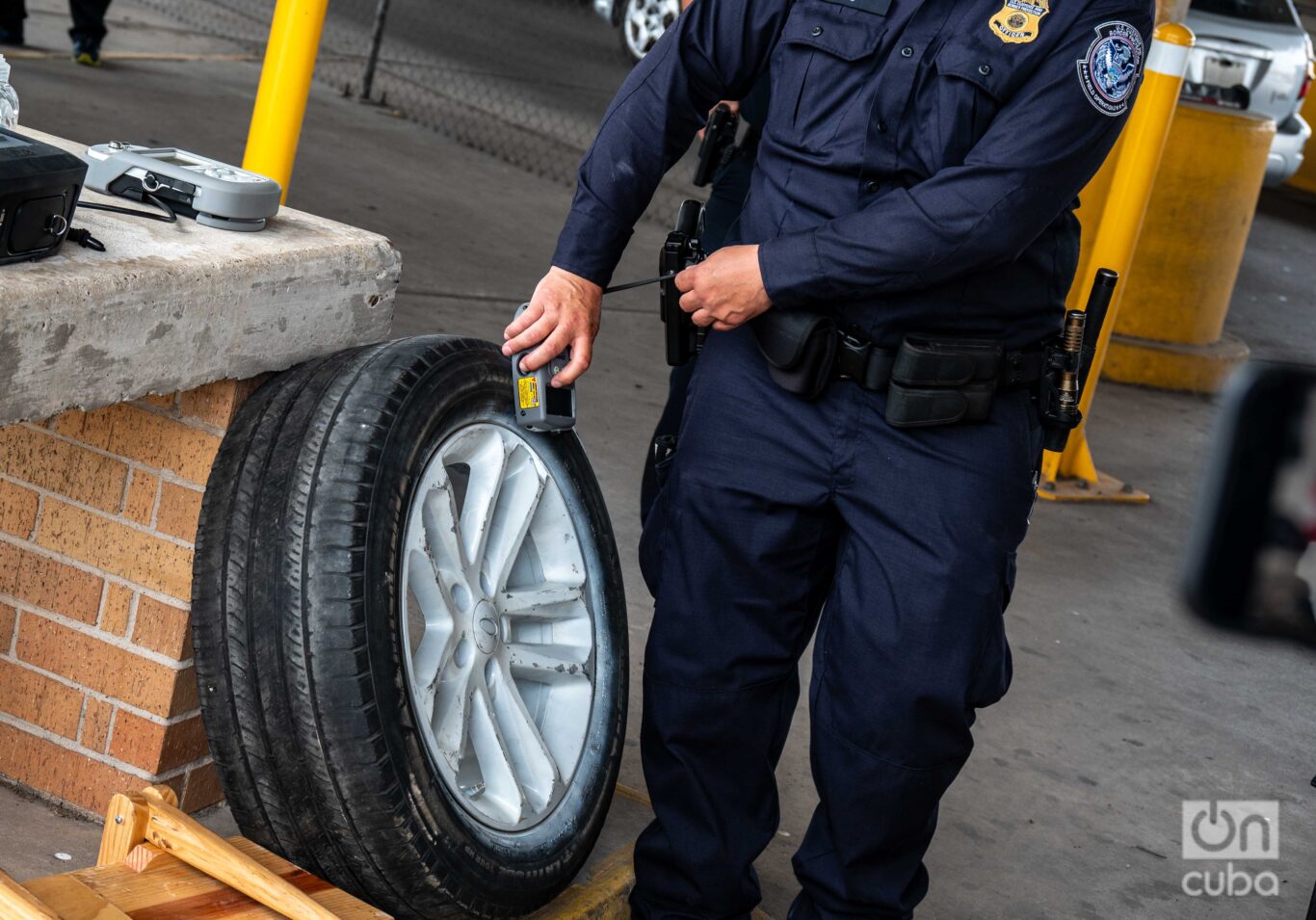
According to CBP, the number of Venezuelan migrants in the El Paso sector increased from 25,000 in 2022 to 75,000 last year. Members of the Tren de Aragua have infiltrated these migrant caravans, with more than 70 documented cases highlighting their presence in the region.

The cartel and the coyotes or polleros operate with the complicity of law enforcement and the justice system. Corruption in these institutions allows criminal groups to act with impunity, weakening public trust and exacerbating the suffering of victims. This collusion not only facilitates the expansion of criminals but perpetuates a cycle of violence and exploitation that is very difficult to break.
A Venezuelan migrant summed up his experience: “The Mexican side is the worst. You are extorted by cartels, immigration, the police, and the Federal Police… There are many checkpoints along the way, and if you don’t pay them or don’t have money, they take you off the bus and send you back. Crossing Mexico is worse than anything else.”
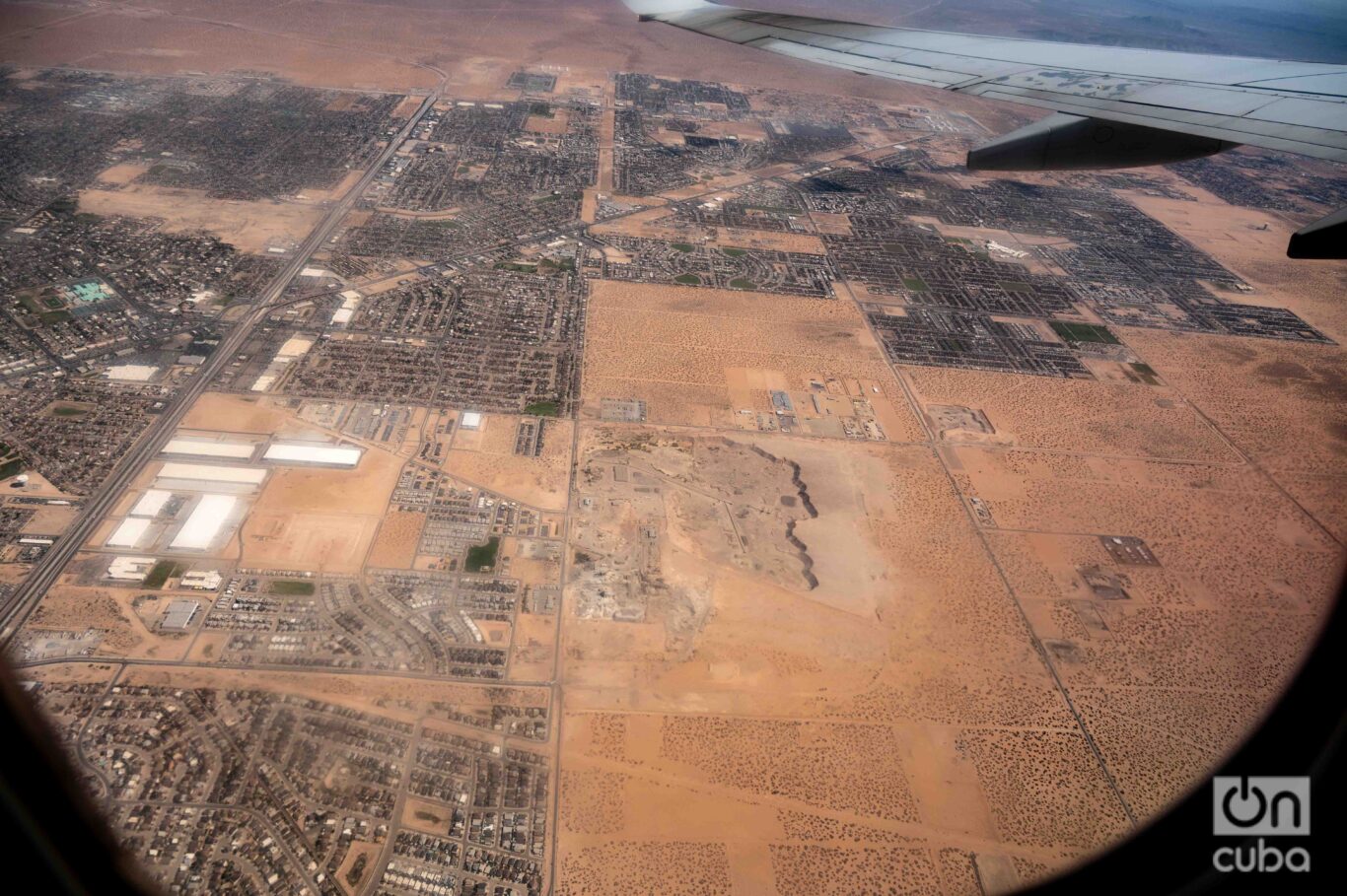
As irregular migration continues, the intervention of criminal actors makes the phenomenon even more complex. Confronting it requires a comprehensive approach that addresses both the root causes of migration and the need for policies that protect migrants and dismantle criminal networks. Only then can real hope be offered to those seeking a better life far from home, on the other side of the wall.
________________________________________
Previous installments in this series:










